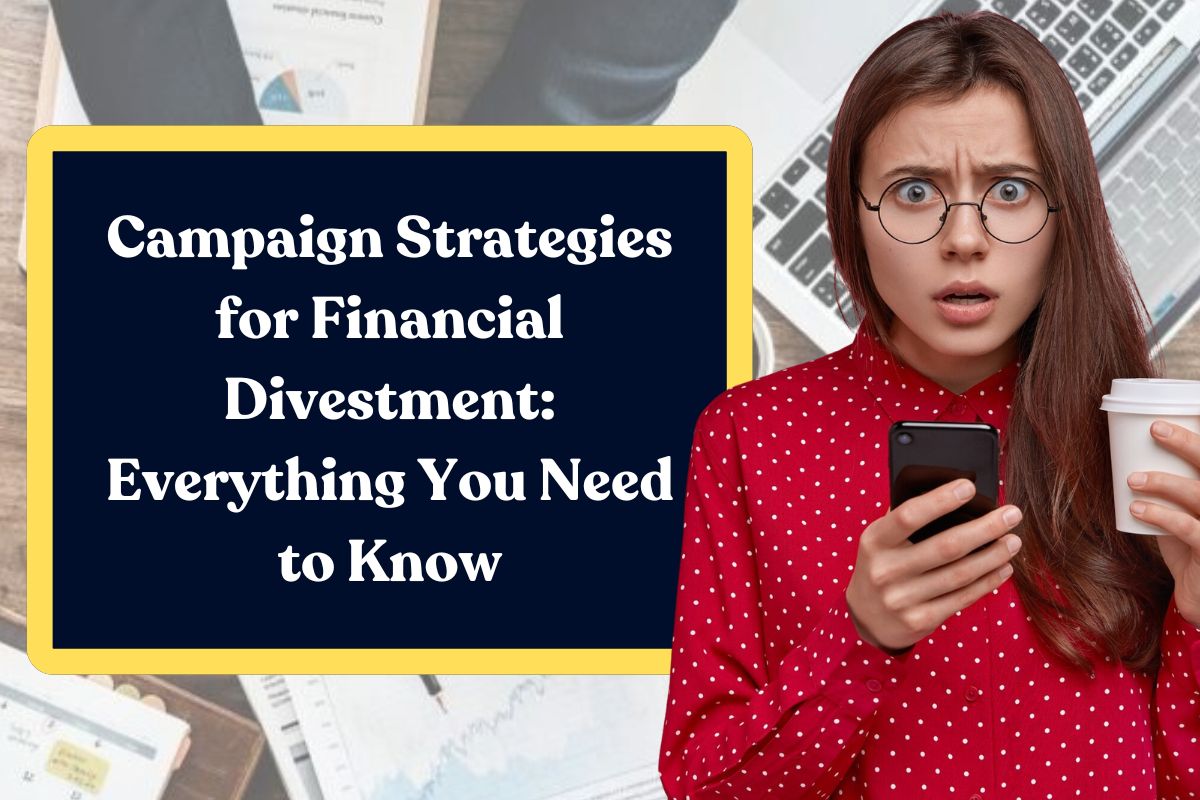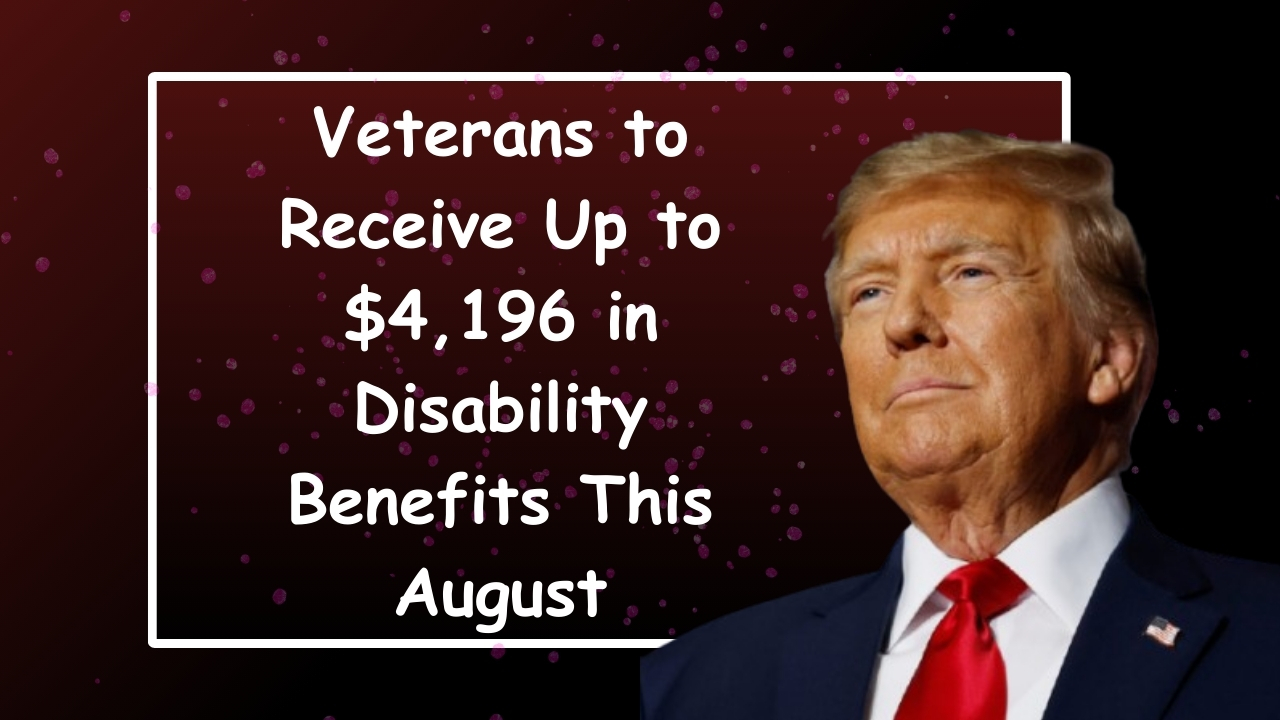Currently, we are seeing that many institutions are actively pulling out funds from dirty energy projects and they are diverting it towards green energy projects. The disinvestment campaigns have played a major role in driving these systematic changes.

Big institutions from banks to pension funds are now facing a growing challenge that is pushing them to exit from the industries that are a threat to people and the planet. Now, in this particular blog we will explore what is financial disinvestment and understand how one can start a successful disinvestment campaign.
What is Financial Divestment?
Before we dive into the strategies it is important that we first understand what financial disinvestment is. This particular act refers to removing investigation from a particular company or a sector due to ethical, social, or environmental concerns. While disinvestment may sound like a financial decision, most of the time it is often a strategic act of protest.

One of the most well known and early examples of the disinvestment was against the apartheid system in South Africa during the 1980s. In order to protest against the companies tied to South Africa, the government and the universities across the world sold off the investment in such companies. This has played a key role in bringing the international pressure to bear on the apartheid regime.
Today the fossil fuel disinvestment movement has grown by a lot. Currently, there are more than 1,500 institutions who have successfully pledged to divest over $40 trillion in assets attached to fossil fuels.

Why Launch a Divestment Campaign?
So you must be wondering why you should go for the disinvestment campaigns. You need to understand that disinvestment is more than just moving money from one investment to another. It is about challenging the legitimacy of harmful industries and attaching a stigma to their business models. A successful divestment campaign:
- Reduces the target industry’s access to capital.
- Damages its reputation.
- Pressures governments and financial institutions to regulate or restrict harmful practices.
- Aligns investments with social and environmental values.

Step 1: Identify Strategic Targets
Before, you can start anything you should start by identifying your targets. Every successful campaign needs a focus. You can buy shoes from anyone, be it a university, pension fund, religious institution, city council or a bank that has investment in unethical or harmful sectors. When you are in identifying your target phase then you should consider the following:
- Visibility: Select the target based on how big a headline will it make if they disinvest.
- Influence: Another thing to check is whether the institution has leadership or symbolic power in their industry so that their decision can influence others.
- Access: Check whether the institution that you are choosing provides proper access to the campaigners so that they can engage with the people who make investment decisions.
- Transparency: Transparency is the key, ensure that their portfolio is public or easily accessible.

Step 2: Build Broad-Based Coalitions
Another thing that you need to ensure that your campaign does not have any particular type of people, as it should be diverse. The chances of your disinvestment campaign increases if you have supporters from different walks of life. You can look here for your campaign partners:
- Students and alumni
- Environmental NGOs
- Faith leaders
- Indigenous communities
- Ethical investors
- Labor unions
- Medical professionals or scientists
Step 3: Use Data-Driven Research
Do not just directly dive into the campaign, do your complete research with spoiled data. With proper data and evidence you make your case stronger and solidify your position. You should look the answers for the below mentioned pointers:
- The companies and the sector that the target institution has invested in.
- The total value of the above mentioned investments.
- Are there existing investment policies or ESG (Environmental, Social, Governance) guidelines?
- Who makes the final investment decisions?
Step 4: Craft Strategic Messaging
You can not be too emotional or too logical in your campaigns. A successful campaign finds the right balance of heart and head and speaks to both. You would want their ethical responsibility and their financial logic.
Your messaging should be clear and should highlight moral arguments, financial risks, mission alignment and global solidarity. Also make sure that you customize your message for different audiences such as students, media, trustees, politicians or faith groups.
Step 5: Engage the Public and the Press
You must understand that for any successful campaign the public pressure is the best friend. So you must focus on raising awareness through peaceful protest, sit-ins, art installation, visual displays, educational forums, public debates, student petitions, media outreach and social media campaigns.
Step 6: Apply Direct Institutional Pressure
Once you have built the awareness, you can move on to the formal advocacy part. Now this includes:
- Submitting proposals to boards of trustees or investment committees
- Meeting with decision-makers
- Asking for public commitments
- Offering draft policies or timelines for phased divestment.
At its very basic the disinvestment is all about shifting power. Taking power away from those who pollute and make profit from the same. Now the disinvestment campaigns ask for more accountability from such businesses towards the people and planet.






